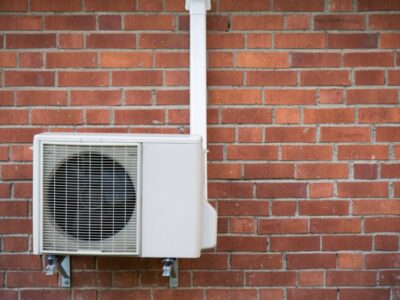After a long winter, temperate spring days feel like the gentle unfurling of the world as it approaches some of the year’s warmest and longest days.
Few things rival the relaxation of sitting outside after a day of work. When the sun sits just above the horizon, a light breeze drifts around you, and the air feels just right. As temperatures warm and people move their evening activities outside, planting flowers that release fragrance in the evening is the perfect and natural way to accentuate any outdoor space, be it for dinner, exercise, or simply relaxation.
Most flowers release their fragrances during the daytime hours, which is promoted by the active pollination through bees and butterflies, whose pollination takes place when the sun is shining.
Some flowers, though, are pollinated by other insects who do most of their work after sunset, or they simply have the disposition to bloom after the sun goes down. Adding some of these easily attainable options to a communal garden, yard, or even small flowering box can create a fabulously floral oasis for all evening endeavors.
Evening Primrose
What it is: Low-lying and delicate, these easy-to-care-for white blooms emit a sweet fragrance around sunset or sometimes just on a cloudy day to brighten things up! They tend to be in long bloom from late spring to early fall.
Requirements: Do best in USDA Zones 5 through 8 and can thrive in any lighting from partial shade up to the full sun.
Japanese Wisteria
What it is: This iconic vining plant is a trellis’s best friend, known for climbing alongside buildings and over archways while imparting its bold pops of color. Originally used in the 19th century as an ornamental flower, wisterias are invasive and common in present-day America.
Requirements: Wisteria does best in USDA zones 4 through 9 and generally requires partial shade to full sun, blooming the most in May.
Night Blooming Jasmine
What it is: This distinct species of jasmine is a vining shrub, but its white, yellow, and pink blooms combined with its graceful evening scent make it an ideal backyard floral addition.
Requirements: Zone requirements for night-blooming jasmine may vary, but generally, these do best in zones 9 through 11. They require partial shade and regular watering and should bloom around July.
Four O’Clock
What it is: As the name suggests, Four O’Clocks are a flower known for blooming in the late afternoon and early evening. Exhibiting vibrant colors and silky-looking pedals, these are excellent flower box planter options for smaller areas or porches.
Requirements: These do best in zones 7 through 10 and prefer great fun (the partial sun can sometimes be enough, too, depending on exposure). Generally, they do well in moist but well-draining soil and require regular watering.
Gardenia
What it is: With beautiful white blooms and hardy, deep green leaves, gardenia is a top pick for evening blooms and home gardens. Known for their fragrant and recognizable scent, gardenia grows densely, making them great for planters or along a fence to provide a barrier.
Requirements: These do best in zones 8 through 11, preferring partial shade or full sun with lots of water.
Wax Flower
What it is: Wax flowers may not sound appealing, but they have a surprisingly delicate aesthetic, with small white blooms forming a larger orb-like flower shape. They are a vining plant, making them an excellent option for hanging pots on a porch (they also do well in the shade!).
Requirements: The zones for wax flowers can vary depending on species, so check the containers before planting. Generally, they do well in partial or even full shade, making them a great option for more urban locations.
Heliotrope
What it is: Heliotrope is a richly-colored, dainty flower boasting plenty of blooms come summertime in purples, blues, and whites. Due to their smaller size, they do well in pots or planters where they will not be easily disturbed and can release their sweeter smelling fragrance.
Requirements: These flowers will do best in zones 10 and 11, requiring regular (usually about once per week) watering that will bloom in the summer and can tolerate partial shade. These plants can be dangerous for cats and dogs, so keep them out of reach of your furry friends.





